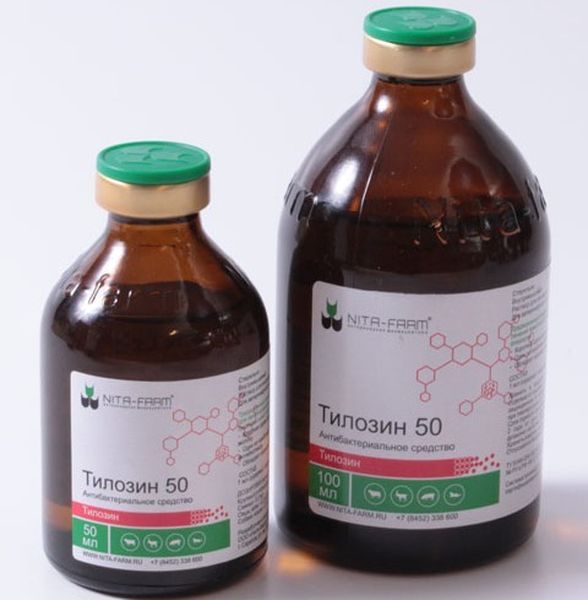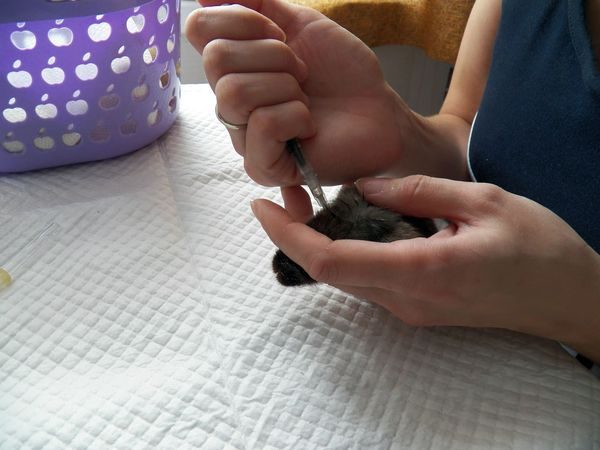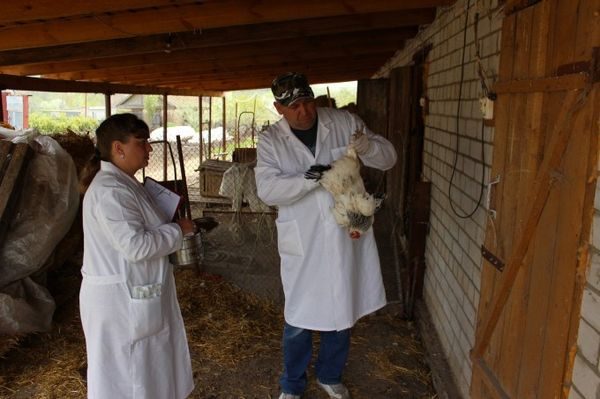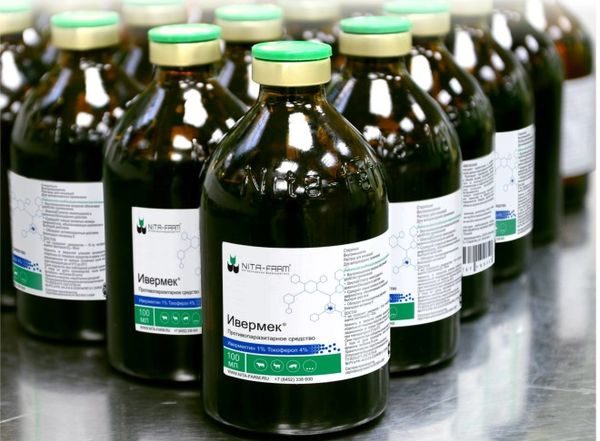Tylosin is a broad-spectrum antibiotic used in veterinary medicine, with a mild toxic effect on animals and birds (chickens, geese, turkeys, pigeons, etc.). To obtain the drug were used strains of actinomycetes, first discovered in the soil layer of Thailand.
Tylosin in Russia is also known as Tylan. For the first time its pharmacological properties were studied by A. B. Baydevlyatov, who experienced the effects of the drug on two-month-old chickens.
Available in the form of light yellow powder, perfectly soluble in water, milk, fish oil. It is forbidden to dissolve tylosin in ethyl alcohol. It is implemented in packages of 5 and 100 grams.
Table of contents
What diseases are used in veterinary medicine?
The use of tylosin makes it possible to successfully cope with the following types of bird diseases:
- mycoplasmosis
- chronic respiratory infections of chickens and turkeys
- spirochetosis
- infectious synovitis
- turkey sinusitis
- necrotizing enteritis
- infectious rhinitis of chickens
Dosages for chickens and other birds

The dosage and time of use of the drug depends on the type of disease, as well as the age and type of bird. Subcutaneous and oral administration is possible. With subcutaneous use of tylosin dose calculation is made individually for each bird.
On average, a chicken weighing up to 2 kilograms should get about 60 mg. per day.For oral administration of tylosin, 1 gram should be diluted in 2 liters of water.
In order for the drug to work immediately and not to lose its pharmacological properties, it is necessary to dissolve it in 100-200 grams of water, mix thoroughly and only after that dispense, following the instructions.
Care should be taken to ensure that the vials are not exposed to direct sunlight. It is necessary to get rid of not drunk in time, every day making a new solution.
How to apply to chicks
Tylosin is absolutely safe for all animals and birds, including young animals.
For chickens
The drug can be used from 2 months of age. It is best to inject it subcutaneously, but in the presence of a large number of birds, it is possible to add medicine to the water.

In case of subcutaneous administration of the drug, it must be preheated. The duration of treatment depends on the degree of damage. Properly selected dosage allows you to observe the first improvements by the end of the first day of administration.
In the absence of side effects complete The chickens are recovering by the third day of reception.
For goslings
Tylosin is prescribed to goslings in the same dosage as the chickens. Perhaps the use of tylosin in the ratio of 1-1.5 month old goslings.
In this case, the drug should be added to the drinking water, carefully watching that the goslings drink only the medication.
For poults
Turkey poults most often suffer from sinusitis, difficult to treat with other medicines, in addition to tylosin. The drug is well absorbed and quickly excreted from the body of the turkey.
It is recommended to use it in relation to 1-2-month-old youngsters. The duration of treatment is approximately 2-3 weeks. By the end of the treatment, the sinuses take a starting position, wheezing, coughing and sneezing disappear.
Instructions for use tylosin for adult birds

Tylosin is prescribed to adult birds when mycoplasmosis or sinusitis is detected.It is most effective to inject the drug subcutaneously. For oral use of the drug, it is necessary to calculate the dose in such a way that 10 liters of water have at least 5 grams.
Side effects
Explicit side effects are not observed. In some cases, individual intolerance is possible, manifested in the form of edema, lethargy, increased body temperature of the bird, loss of appetite and refusal to drink. Listed negative effects of taking the drug disappear some time after removing it from the diet of the bird.
When conducting a subcutaneous injection on fish oil, a small rash may appear at the needle insertion site. To avoid this, it is necessary to use exclusively water or milk basis for the preparation of the drug.
With the introduction of tylosin in the sinuses, a temporary deterioration in the health of the bird is possible, manifested in the form of general lethargy and lack of interest in what is happening.
Contraindications
When using tylosin as the main drug, it is prohibited to simultaneously use tiamulin, clindamycin, levomycetin, penicillin, cephalosporin and lincomycin.These drugs have a neutralizing effect on the ability of tylosin to antibacterial effects.
Tylosin displayed through the mammary glands or through the urethra. Part of the drug can get into the egg, because it is not recommended to use it in relation to laying hens.
In case the use is necessary, it is necessary to refuse the use of eggs up to full treatment of a bird. These eggs can be used as feed to other pets.
Eating meat containing tylosin residues is prohibited. The only exception is when tylosin was consumed by birds along with food.
Pharmacological properties

Tylosin is able to inhibit the biochemical processes in the body of the bird and inhibit protein biosynthesis, which leads to the suspension of the spread of infection.
When administered orally, the drug is absorbed by the gastrointestinal tract as soon as possible and accumulates in the serum for 6-7 hours.
The first signs of a positive impact on a sick bird can be observed 1-2 hours later after its use. Tylosin easy excreted with feces and eggs within 24 hours.
Conclusion
Working with tylosin, it is necessary to remember the precautionary measures, use protective gloves, cotton-gauze bandages and regularly rinse your mouth with clean water. If it comes into contact with eyes, ears, or nose, rinse the affected area with plenty of water.
Despite the fact that the drug belongs to the third class of danger, it should still be kept away from children and pets, while storing in accordance with the recommendations on the package.
